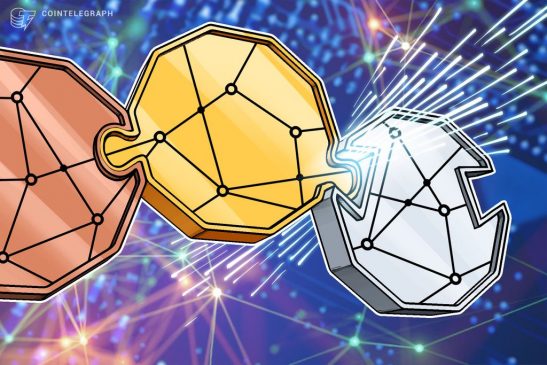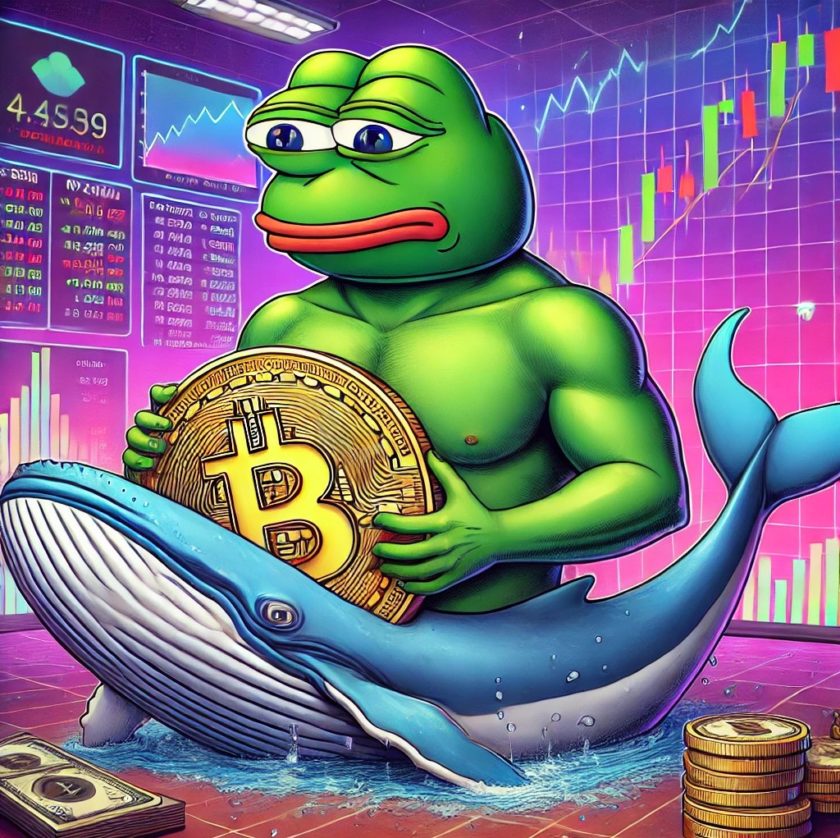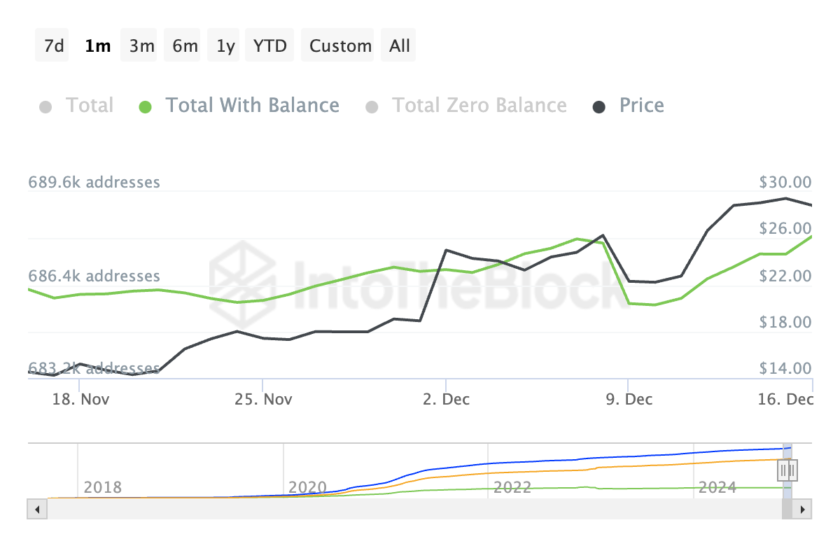2.
Because they can offer unique characteristics which make them different and digitally scarce.
Many tokens – and indeed cryptocurrencies – are fungible. If you send someone a Bitcoin, and get one back, you wouldn’t notice any difference.
A lot of the time, fungible tokens are built using a standard called ERC-20. For the sake of simplicity, let’s imagine each of these tokens is a $10 bill. If you sent a token to someone, and got another one back a week later, they would be identical. (That said, there might be some fluctuation in price.)
This all changes with non-fungible tokens, many of which are ERC-721 compliant. These can be compared to baseball cards, as each has unique information and varying levels of rarity. If you were to accidentally send one of these tokens to someone, and get a different ERC-721 token back, you might be very upset.
There’s one more crucial difference you need to bear in mind. Fungible tokens are divisible – meaning you can send a fraction of one ERC-20 token. (Like cash, where you can pay with a $10 bill and get change.) On the other hand, non-fungible ERC-721 tokens cannot be divided and must be bought or sold whole. (Like baseball cards, where no one in their right mind would want to buy half.)




